
Developer: Firebrand Games
Publisher: Firebrand Games
Platform: PC, Mac, Linux, Android, iOS, Switch
Tested on: Switch
Solar Flux – Review
”Solar flux, or concentrated sunlight, is a measure of how much light energy is being radiated in a given area. Solar flux can be characterized by the familiar W/m² or kW/m”. Solar Flux is a pretty scientific title for a game about suns, but it makes sense. Cause unstable suns are the main focus of the game, and flux can also reference something that’s undergoing a constant change. Solar Flux originates from a mobile game, yet is now also available on Nintendo Switch for a regular price of about eight dollars or euros.
Story
Solar Flux is a very simple game that has pretty much every game element to make a proper (mobile) game, but a story is not one of them. The idea is simple. You go through levels with a certain type of spaceship that has the ability to gather plasma and fire it at a sun to make it stable. And that’s it. That’s every level with variations upon this very concept. You won’t get any other texts or cutscenes or drawings, just the gameplay.
Graphics
For a game that’s this mobile and has small elements, the graphics are actually pretty good. The warmth of the suns versus the vacuum of space brings forth a certain atmospheric emotion where you almost feel the heat while playing. The spaceship being fired off and thrusting in a direction as you touch the screen is not that interesting and actually looks (and feels) a bit sluggish, but that’s what makes it a bit realistic as well in a way. The overlaying Heads-Up-Display brings forth a calm, scientific vibe that makes the game somewhat relaxing to play.
Sound
The sound really isn’t that much to listen to. The sound effects sound like free bleeps, bloops and explosions. The background music is the best part if you want to make a comparison. At least it brings you into a relaxed puzzling mood with not too many distractions.
Gameplay
Solar Flux can best be defined as a puzzle game that challenges you to finish a level as efficiently as possible. The goal is to gather plasma in a level and stabilize each sun in that level, and every new scenario the game decides which of your resources you need to be careful not to waste to get three out of three stars. The player is given a certain amount of fuel, and a number indicating the shield integrity that takes blows close to a sun and recharges as you cool off in the shadows. These two elements don’t really matter that much though, as you are mostly challenged to fire off your spaceship in the right direction and time your plasma fire on a sun with exact timing anyway. If the challenge is to not use fuel, you will use the traction of planets you circle around to move around, or the emitted blast of a stable sun that received your shot of plasma. When it’s about shield integrity, you try to stay away from the sun a bit. But eventually, most of the levels have very linear paths.
It’s pretty weird to not integrate the Switch’s controls into the game as you are playing on a full platform. Instead, the publishers or developers decided that the game would keep its traditional touch-screen controls, which doesn’t make it any different from the game on your phone. The price you pay for the app on your phone is a bit steeper though (around ten dollars or euros), so perhaps this justifies the somewhat lazy port for some. Sadly, this is not the main issue with the game. The biggest problem with Solar Flux is that it seems to be in love with its own mechanics a bit too much. There is barely any change taking place, and the biggest challenge is to try and get three out of three stars on each level. The gameplay quickly fades away against the cool-looking backgrounds of hot suns and empty space. There are better, much cheaper or even free mobile games out there that do the same, if not better.
Conclusion
Solar Flux has a cool concept with hot suns. It’s always nice to see a game that tries doing things differently, with a calm and more scientific approach like Solar Flux does. But since the game was designed to be a puzzle game, it is way too linear and easy in its solutions and it rather relies on boring gameplay where you need timing and precision. The graphics and a single featured element of gameplay are simply not enough for a premium mobile game, and that counts just as much on the Switch.
Solar Flux - Review,
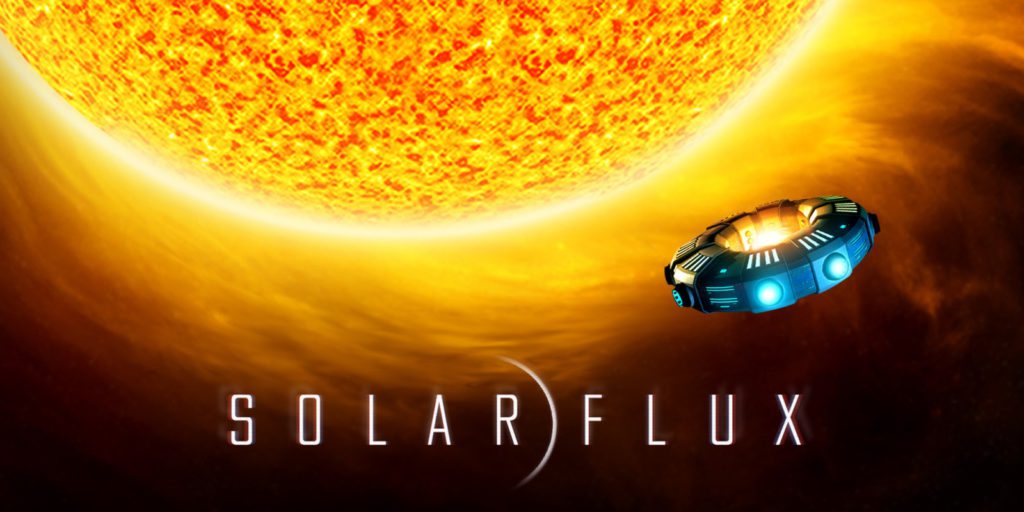
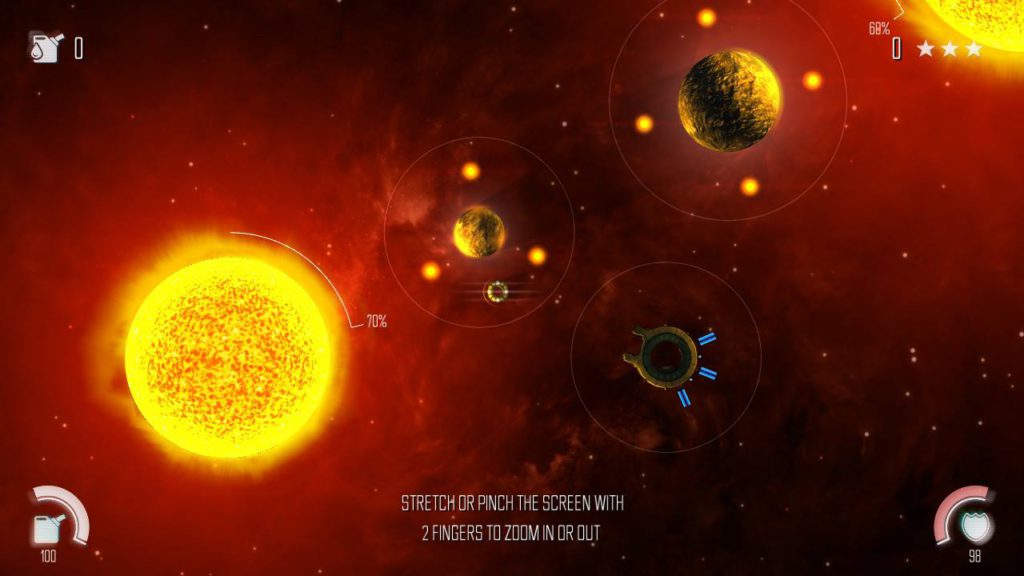
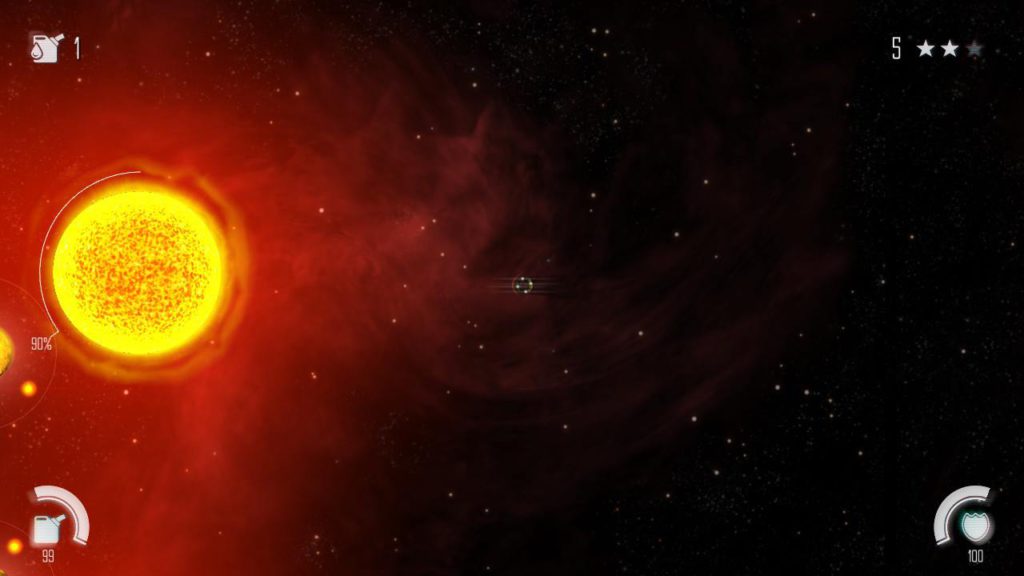
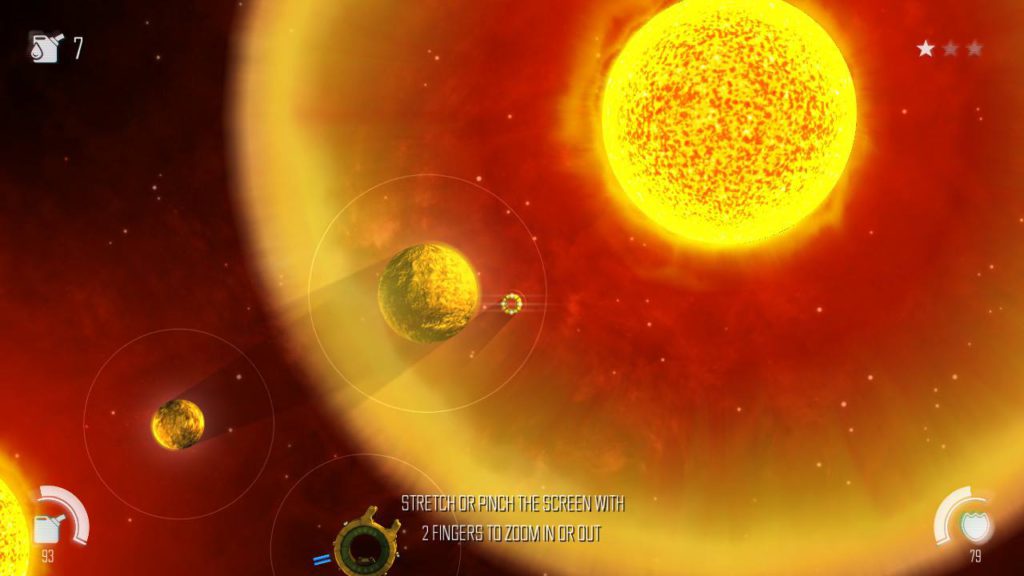
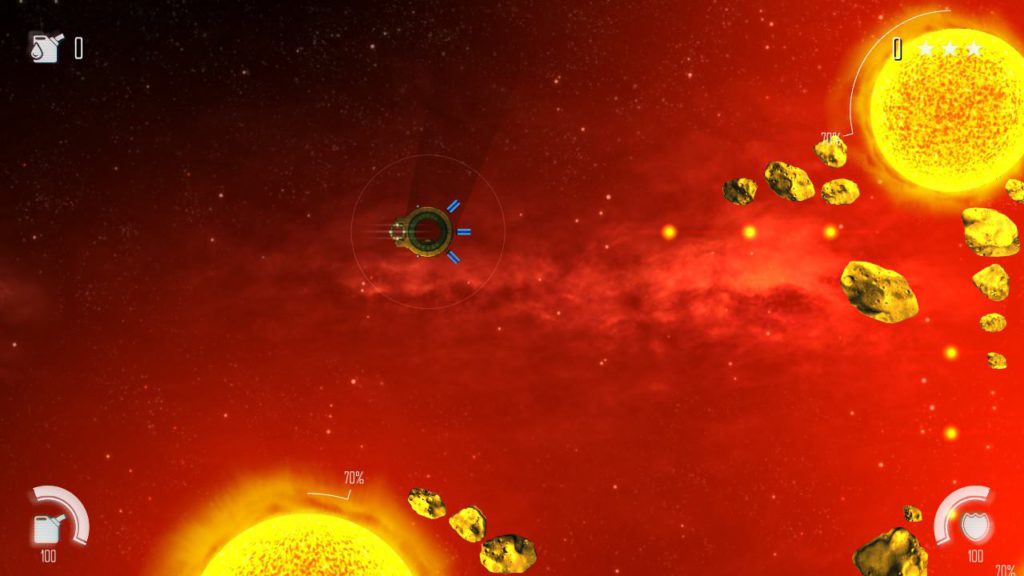



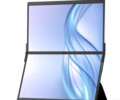
No Comments